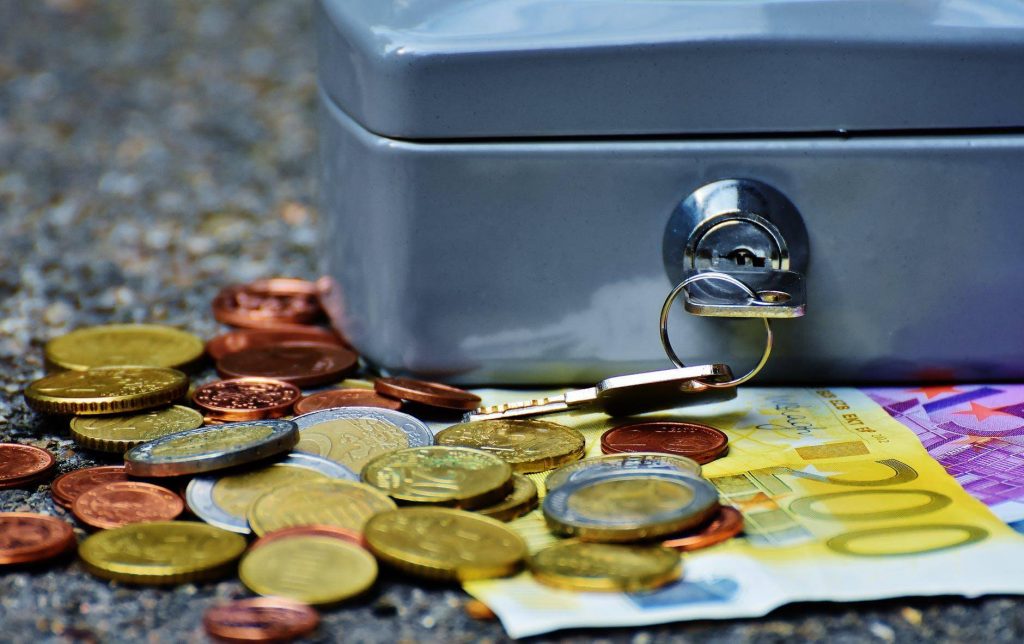When nonprofits mention donations, the majority of us think about oversized checks or tax benefits. Do we think of microphilantrophy? Hardly ever. But not your fault since the concept of micro-donations is still under the shadows despite being practiced.
Who are the primary influencers to drive microdonations? Well, the good part is that unlike high-capacity donors, a micro-donor could be anyone (with any socioeconomic status). Nowadays, there is a trend among Millennials to donate online to different charity foundations rather than giving hefty to a singular cause. Also, the easy nature of asking and managing micro-donations through cell phones has made this concept more popular. But it is not that micro-donations mean crowdfunding alone. Otherwise, you would not see a donation box at every cash counter!
If your nonprofit has a shoe-string budget and still wants to launch a project, then leveraging micro-donations could be a smart move. It generally turns out to be successful since it is an affordable option for NPO leaders and donors. As we mentioned, young donors look forward to contributing to the causes they believe in, and they do not have much to give considering their lifestyle choices, growing expenses, and more!
But that’s not it. Micro-donations can help your nonprofit in more tangible ways. Here’s how!
Bringing more donors in the groove
Micro-donations are generally promoted online or on social media. Ever seen a birthday fundraiser on Facebook where your neighbor is asking for donations? Chances are that if you see one, you might probably donate out of goodwill or as their birthday gesture. This kind of peer-to-peer fundraising approach helps to loop in more new donors than you can imagine. Also, even if a few people donate a few hundred to your cause, your message gets spread far across and reaches a broad audience.
Building lasting relationships
Anyone who has donated to your cause has done so for a reason. Maybe your mission is closely aligned to theirs, or your goals elicited an emotional response. But once a donor donates, it means the beginning of a relationship. Next, it all depends on how you nurture it. Do you send them newsletters or invite them to your future events? Do you send them a personal letter or email on different occasions? You might want to start doing this since you never know, a once-upon-a-time donor can become a recurring one.
Diversifying your revenue
We live in unpredictable times (We’re referring to Covid-19) when several organizations have stalled operations. Supporting smaller causes such as donating food packets, for example, is a a humble way to go on while you are waiting for a project in the pipeline. Micro-donations might not fetch you much to support your key beneficiaries, but it still helps to keep your mission insulated. Think of it as another diversified revenue stream during these difficult times.
Raising more money
Let’s go by the old saying, ‘Every penny counts.’ You must have seen donation appeals saying, ‘X amount can provide one day’s meal to a child.’, this is a good hit for micro-donations. The idea is one donor is to one beneficiary. So even though micro-donations seem minimal, they still help you raise money and make a difference!
Does the concept of microphilanthrophy inspire you? Check out our projects at https://www.globalgiving.org/donate/30766/ahmedabad-womens-action-group/ to learn more.

